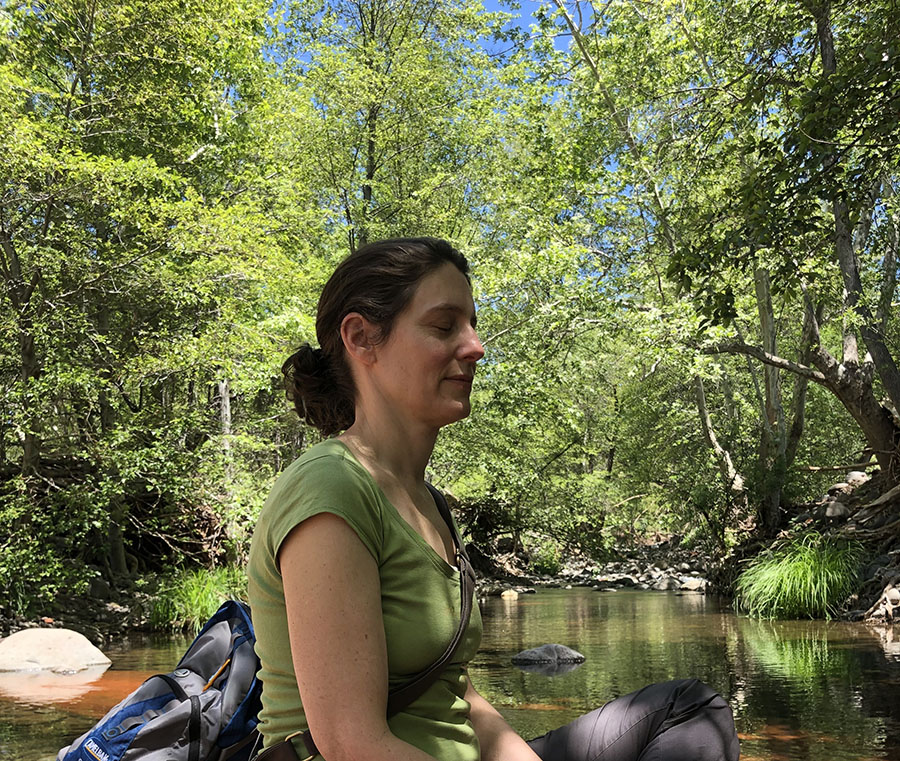How do you write a book? Well, says Janine Schipper, professor and graduate coordinator in the Department of Sociology and author of several books, you simply … write a book. And then edit, then edit again. Schipper talks to The NAU Review about how studying urban sprawl led her to Phoenix and how her childhood time in nature led her to a love of environmental sociology and to Flagstaff.
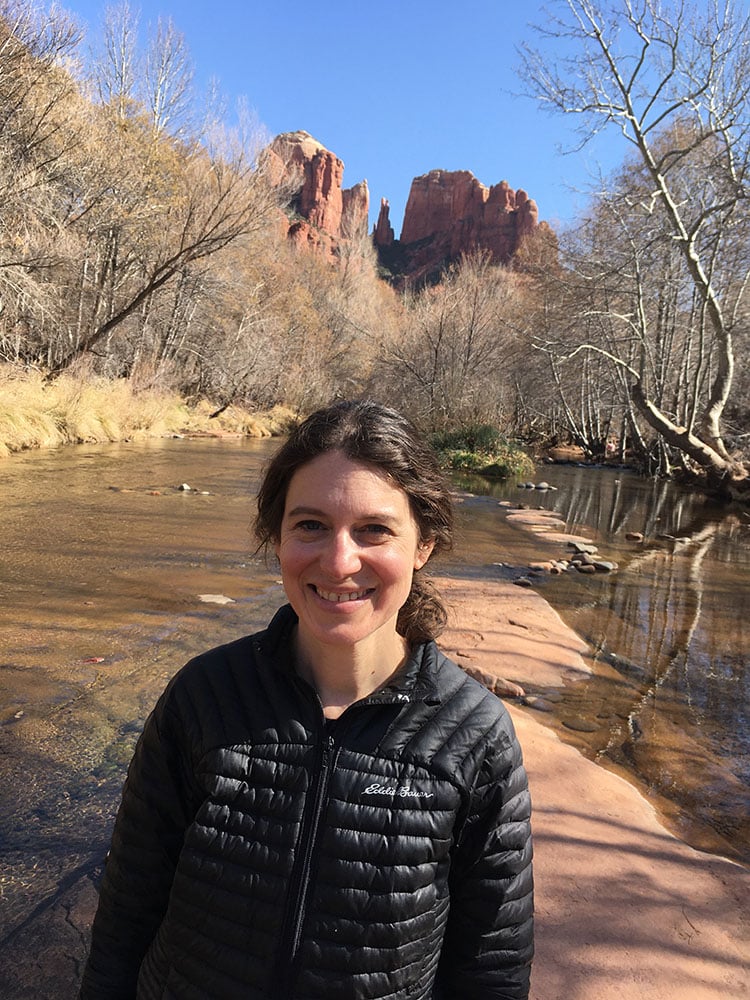
In the late ‘90s, I was working on my Ph.D. at Boston College. My dissertation focused on culture and suburban sprawl, and Phoenix proved to be the perfect case study, developing at a rate of one acre per hour in those days. Having lived in the Northeast all of my life, I found myself enchanted by the Southwest and feel fortunate that I received the opportunity to teach at NAU.
Tell me about your research (and your books!)
As an environmental sociologist, my research focuses on how our cultural beliefs, values and assumptions impact the way we live on these lands. My first book, Disappearing Desert: The Growth of Phoenix and the Culture of Sprawl (University of Oklahoma Press, 2008) explores how people’s ways of thinking about nature impact the way they live on and develop in the Sonoran Desert. My forthcoming book Conservation is Not Enough: Toward a Sustainable Water Ethic in the arid Southwest (University Press of Colorado) invites readers to reconsider our most basic assumptions regarding water issues in the Southwest. The book explores why conservation alone will not lead to a sustainable water future.
I also focus on contemplative studies. I’m interested in how reflection and meditation help us uncover ways in which our minds are culturally and socially conditioned. Through observing our patterns of thought and through practicing beginner’s mind, we can unravel dysfunctional individual and collective patterns and see in fresh innovative ways. The writing that has come out of these explorations includes a co-authored book with Peter Kaufman, Teaching with Compassion: An Educators Oath to Teach from the Heart (Rowman & Littlefield, 2018).
Tell me about the educator’s oath you made in Teaching with Compassion.
Through our conversations about contemplative sociology, teaching and compassion practices, Peter Kaufman and I were inspired to write Teaching with Compassion. We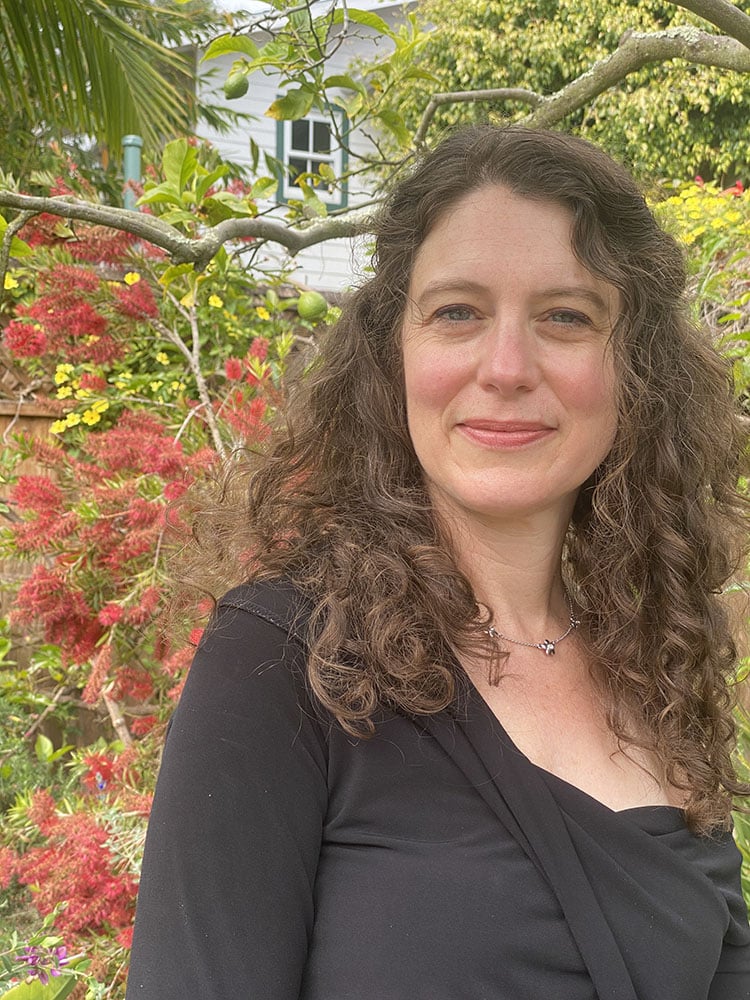
Teaching with Compassion Oath
The emotional, social and intellectual well-being of students is my main priority, and my actions as an educator shall reflect this goal. As such, I vow to follow, to the best of my ability and judgment, these principles:
- Practice Beginner’s Mind. I see myself as unfinished so that I can learn from and honor what students bring to the classroom.
- Follow the Golden Rule. Imagining myself as a student in the classroom, I treat students with dignity and respect and I nourish their genuine desire to learn.
- Learn from Adversity. I try to understand difficult situations so that I may connect with and respond to pain and suffering within myself and students.
- Leave My Ego at the Door. Through humility and a sense of vulnerability I bring an open and welcoming heart to my teaching.
- Focus on Classroom Chemistry. I aim to cultivate a cohesive community of learners in order to foster a humanizing educational experience.
- Listen with Intention. I listen deeply, wholly, and actively to students by taking in their words, gestures, and silence.
- Hold Space. Knowing that students experience stress and uncertainty, I provide opportunities for feeling, reflection, and expression.
- Teach like the Sun. Wanting students to reach their full potential, I radiate warmth across the entire classroom and offer all students my attention.
The eight points of the oath make up the main chapters of the book. Using anecdotal stories, excerpts from other writings and research on teaching and learning, each chapter explores an oath point and offers tools and strategies to help educators teach with kindness, generosity and care.
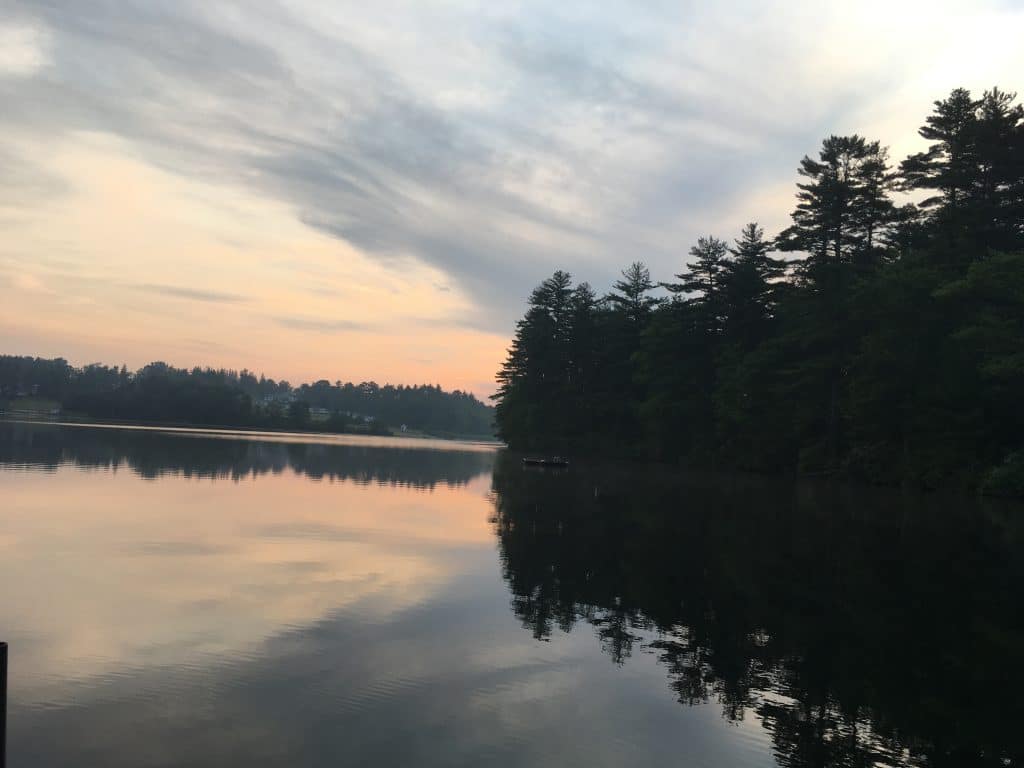
Tell me about a significant childhood memory and how it has impacted your life today.
As a child I spent summer weekends at my grandparents’ cottage by a small lake in upstate New York. Weekends in “the country,” as we called it, were a break from the suburban neighborhood where I grew up. While in the country, I fell in love with the land, water, animals and appreciated life away from strip malls, traffic and our daily stresses. Time spent there planted the seeds for my love of the more-than-human world. The contrast between life in the country and life in suburbia sparked an interest in the relationship between our human-built environments and our relationship with nature and led to my interest in environmental sociology. Time spent quiet and alone in nature as a child served as a foundation for the contemplative nature-based writing I do today.
What have you been most proud of recently?
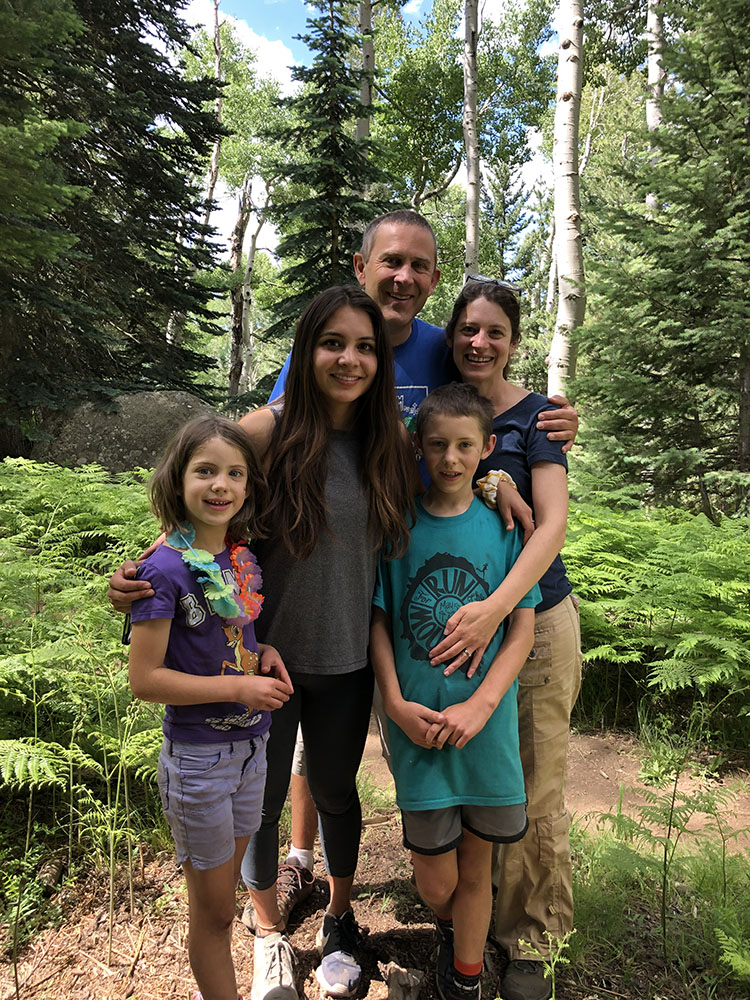
My children. I feel so blessed to get to be their mom and learn so much from each of them. I always say that my children teach me how to be a mom. My oldest, 24, is an incredible example of a strong young woman who isn’t afraid to work hard and learn from life. She’s also hilarious and keeps me laughing. My 14-year-old son has a beautiful mind. As one of his teachers recently wrote, “I wish that I had his self-awareness and steadfastness of character at his age!” And my 10-year-old daughter has a gigantic heart and a wild spirit. In one tradition her name means “rainbow,” and in another tradition it means “strong-willed,” so she is our strong-willed rainbow! All three of my children are kind, empathetic and loving. As you can see, I’m a very proud mom!
What is your favorite way to spend a day off?
Hiking with my husband and kids, reading and meditating.
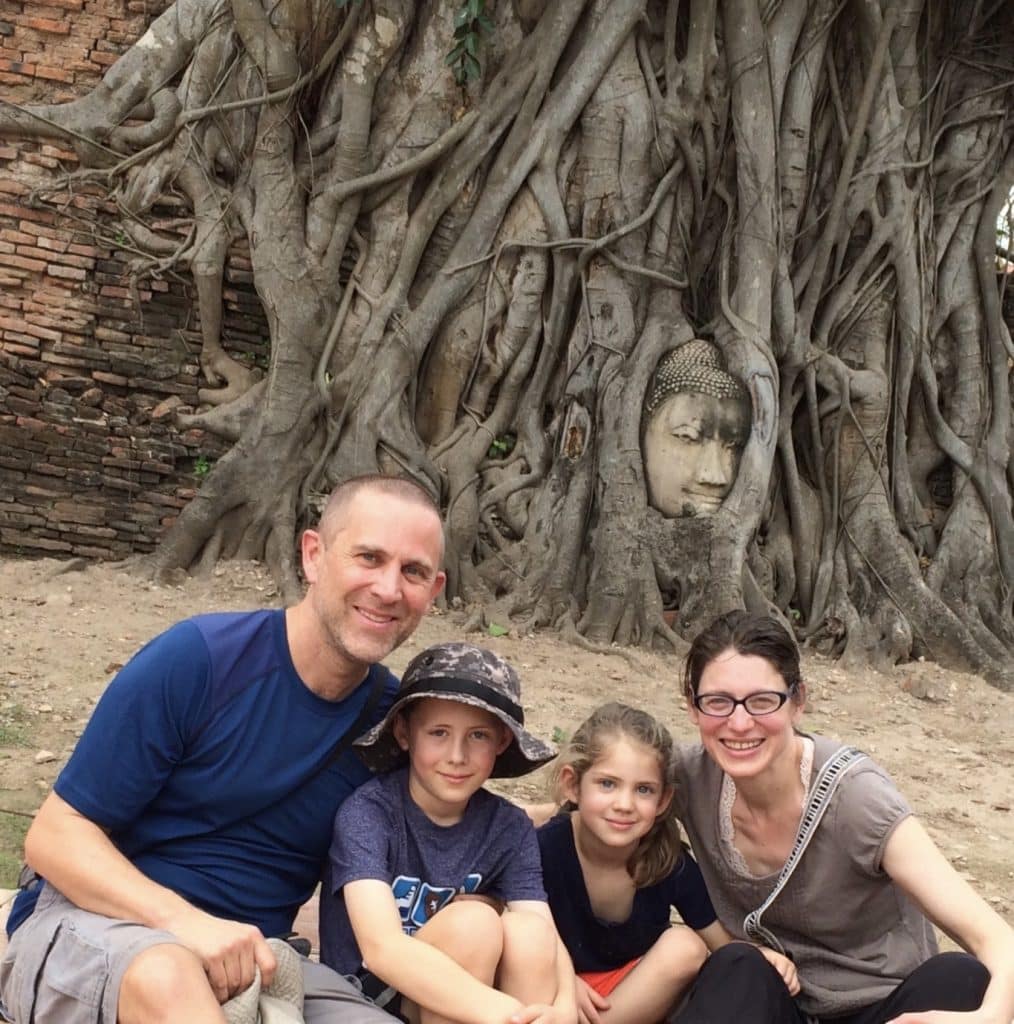
What are three things on your bucket list and why?
Traveling internationally with my family is always on my bucket list. We are so inspired by international travel that it has practically become a family value. Traveling gives us an opportunity to get out of our own cultural frameworks and be exposed to new perspectives. We thrive on connecting with a diverse range of people, and through international travel are reminded that there are wonderful, kind people everywhere.
Other than international travel, I really don’t have a bucket list. I am blessed by a beautiful, loving family and caring, generous friends. I feel like life is full of wonder and awe. All I need to do is walk out onto the trails leading from my porch into the forest, and I am in a world of wonder. For me, even taking one conscious breath connects me with the mystery of life. My bucket is already overflowing!
What advice do you have for someone who wants to write a book?
Write from the fire in your belly. Identify which means the most to you and write from there. Fully enjoy the writing process and let go of others’ expectations. Then edit edit edit. Be ready to let go of large sections of your writing that no longer fit. (You can always keep your cuts in a separate document for future reference.) Three-quarters of writing a book is about the editing process, so learn how to become a good editor and reach out to others for constructive feedback. But the first step is to write from your core, the rest will follow.
